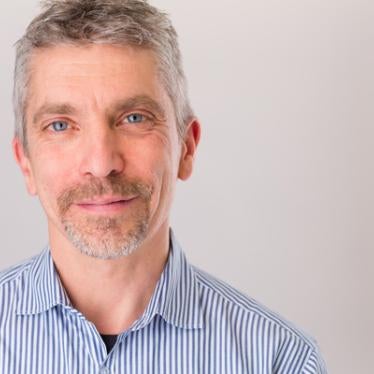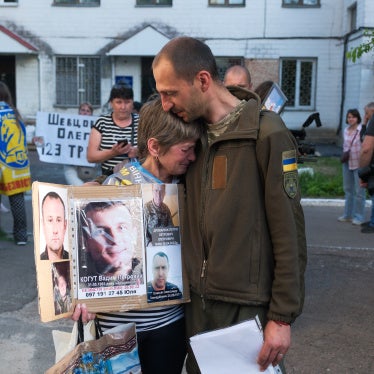“What is ‘the love that dare not speak its name?’” asked Charles Gill, prosecutor in the trial of Oscar Wilde in London in 1895. The question remains relevant today: laws from around the world that prohibit same-sex conduct are often sweeping in application and vague in definition.
A staggering 80 countries retain laws outlawing same-sex conduct or some variation of “propaganda laws” that prevent the dissemination of information about lesbian, gay, bisexual, and transgender (LGBT) lives. To allow readers to explore these global restrictions, Human Rights Watch’s LGBT rights program is launching an interactive map on May 17, the annual International Day Against Homophobia and Transphobia. Using the map, readers will also be able to do their own data analysis and build charts.
The lingering influence of the former British Empire can be seen clearly on the map because many of the laws are colonial in origin and contain the indirect, yet prurient language of that era: “carnal knowledge against the order of nature” and the “abominable crime of buggery.”
Twelve states in the US retain sodomy laws, unenforceable since the Supreme Court decision in Lawrence v. Texas (2003), but an insulting reminder to LGBT people of a legally enshrined second-class status. These residual laws remain on the books as a result of lazy lawmaking (they are broad in scope and cover more than consensual sex between adults) or deliberate intent (Kansas and Louisiana retained these provisions even after reviewing their state penal codes).
Even more disturbing is that in seven countries and certain regions of Nigeria, the death penalty may still be imposed for consensual same-sex relations between adults.
It has been said, including in the 2013 Supreme Court of India judgment that upheld the country’s sodomy laws, that these laws are seldom enforced. In many countries this is true. But even where the laws are not enforced they can have insidious effects. They single out a group of people as potential criminals, as “un-apprehended felons” who are often unable to seek the protection of the police or access appropriate health care. And they leave LGBT people particularly vulnerable to blackmail and extortion.
The International Day Against Homophobia and Transphobia began in 2004 to mark the 1990 decision by the World Health Organization to remove homosexuality from its list of mental disorders. This year’s theme is “LGBTI Youth.”
What message does it send to young LGBT people that their most intimate desires are subject to criminal sanction by the state? Young LGBT people are particularly vulnerable to a negative self-image and potential self-harm. Social opprobrium matters very much. It is a damaging message when the law says that you are less worthy than your peers.
These are 80 laws that should disappear.








